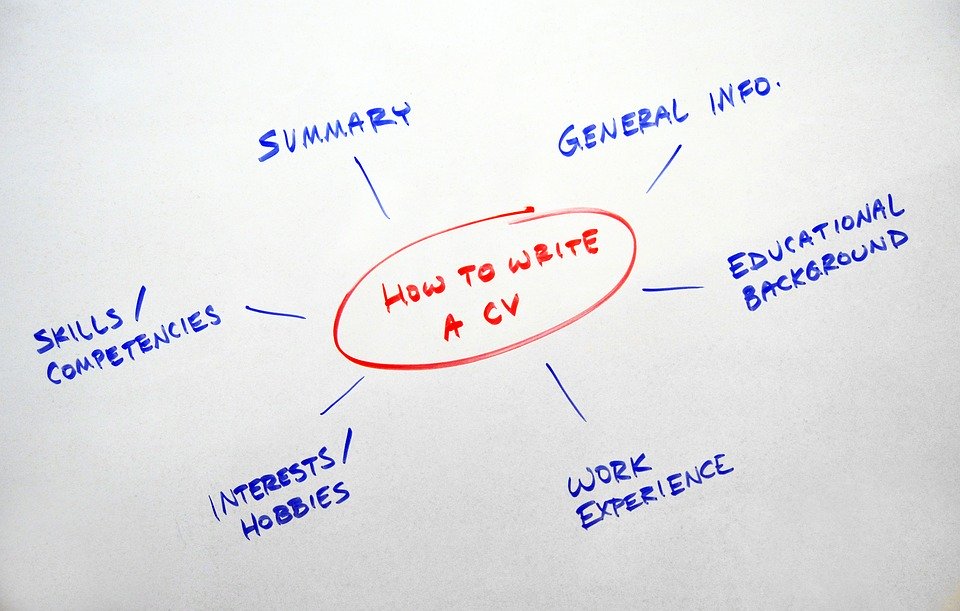It is no secret that crafting an effective CV template is important when looking for a job. A good CV will give employers and recruiters a clear insight into your work experience, skills and suitability for a position. However, knowing what to include in the different sections of a CV, as well as how to format it for maximum impact and success can be challenging. In this article, we provide guidance on how to create the perfect CV template and make sure it stands out from the competition.
What is a Curriculum Vitae (CV) and why should I create one?
A Curriculum Vitae (CV) is a document containing information related to an individual’s professional and academic qualifications, work experience, certifications, and achievements which is used in job applications and interviews. In essence, a CV is a summary of an applicant’s professional history that highlights the areas where they have achieved success. It also provides employers with an insight into the type of person they are considering for a job opportunity.
Having an up-to-date and comprehensive CV can enable job seekers to maximize their chances of getting hired for the role they desire. Not only does it act as a useful resource for recruiters and employers who are assessing many applications for a certain position, but it can also provide considerable insight into the candidate’s work experience, skills, qualifications, and more. As such, it is essential to invest time in creating effective curriculum templates that will stand out from the crowd whilst accurately summarizing your background.
How to Create an Effective CV Template
The first step towards creating an effective curriculum vitae is formatting the document. When properly constructed, the CV should be formatted in sections that outline the candidate’s career progression, while also providing a detailed overview of their professional and academic qualifications. To ensure that all necessary information is included, job seekers must consider what should be included in each section.
Sections to include in your CV:
- Contact Details: A section containing contact information such as name, address, telephone number, and email address.
- Objective Statement: A brief overview of the type of position the applicant is targeting and qualification they possess which will make them suitable for the role.
- Work Experience: A summary of past work experience and any relevant professional achievements.
- Education & Qualifications: A description of any academic achievements or qualifications relevant to the desired role.
- Skillset & Competencies: A list of transferable skills and standout competencies that may strengthen an application.
- Additional Information: A summary of any additional information that may set the applicant apart, such as awards, foreign languagesspoken etc.
- References: A list of contact details for any referees or colleagues who can be contacted in order to provide further assessment of the applicant’s professional background.
Tips for formatting each section correctly:
- Consider the order of sections and ensure they are presented in a logical manner.
- Start each section with an attention-grabbing heading and make it clear what type of information is being presented.
- Include more recent information earlier in the document, followed by older information. This showcases your most recent achievements and accomplishments.
- When describing previous job roles or qualifications, use bullet points and active language to draw attention to key words and events.
- Avoid unnecessary detail and focus on information that is relevant to the applied position.
- Be concise, but comprehensive; limit word counts for each section whilst making sure relevant information is included.
Once the template is formatted correctly, it is important to tailor the content in order to accurately reflect your experience. By including the appropriate key words which relate to the desired job role, you can ensure that recruiters and employers will understand your skills and how they will be relevant to the role they are looking to fill.
To conclude, writing a good CV template is one of the best ways to ensure that potential employers notice your application. However, it is important to use the right type of template for your professional needs and tailor your content accordingly. By following the tips provided in this article and using professional designs, you can make sure your CV stands out from other applicants.


